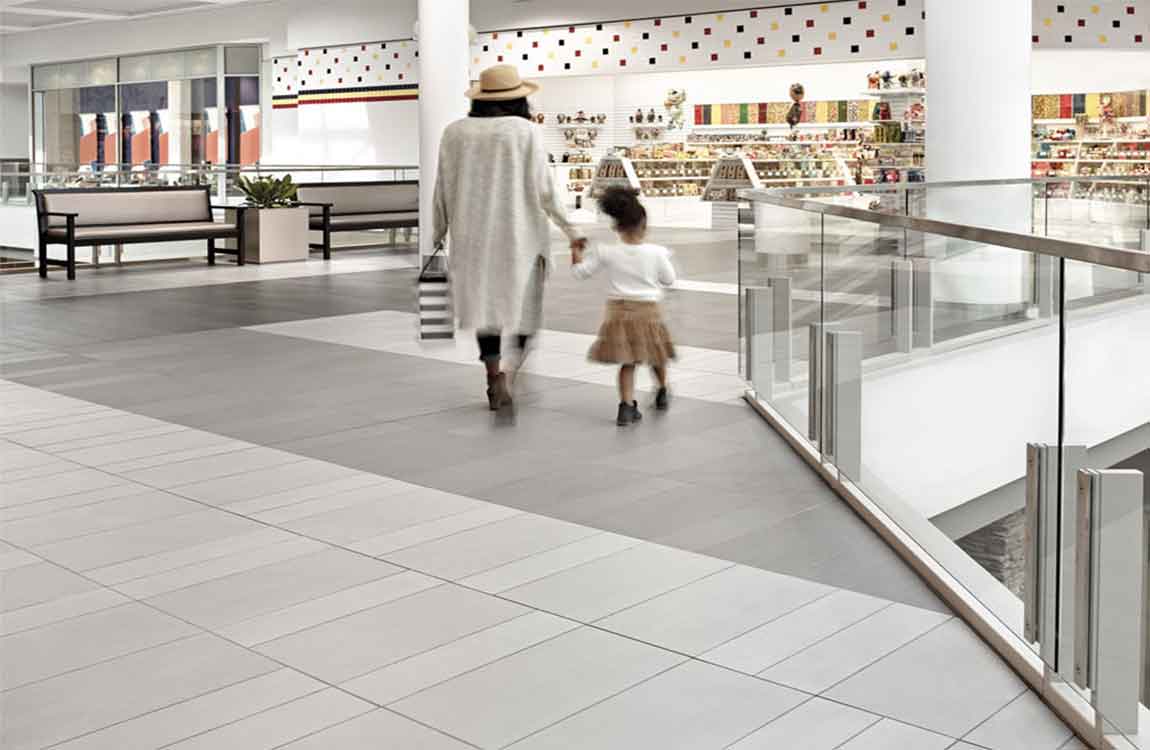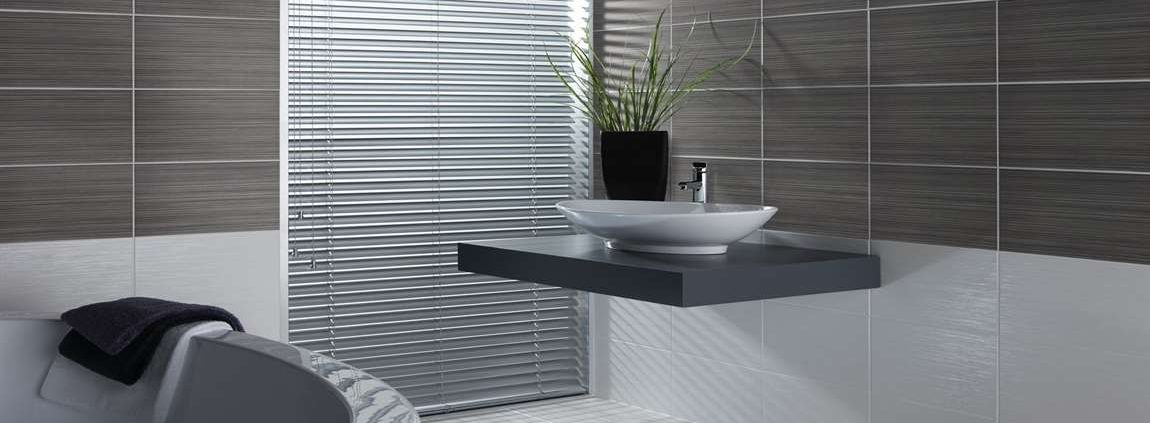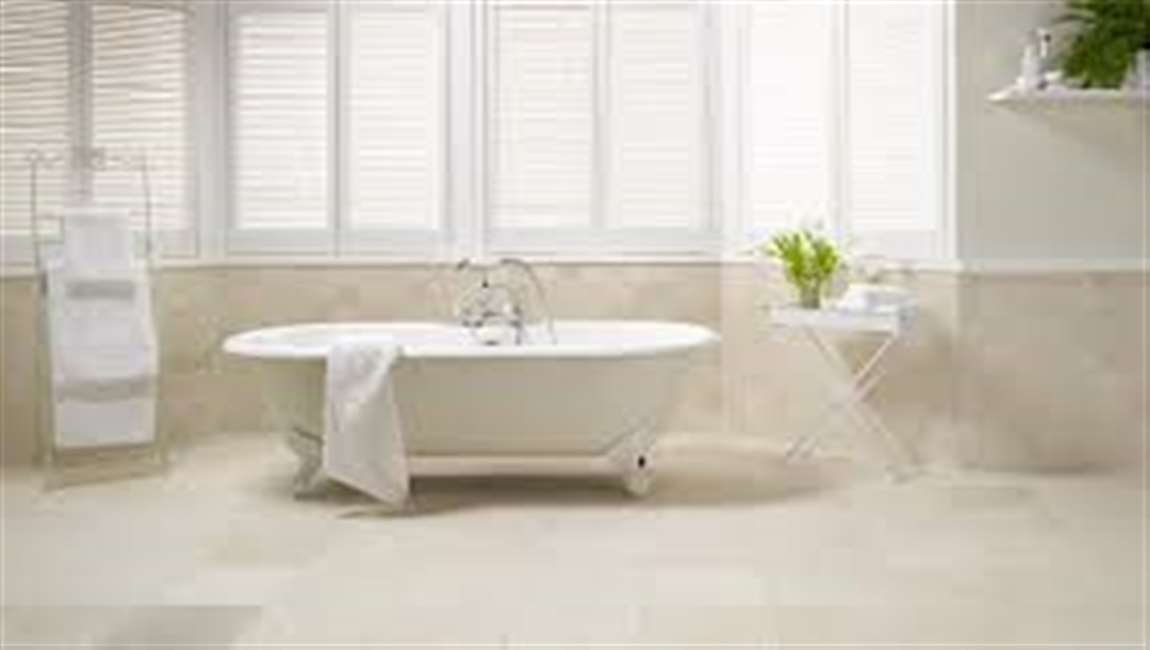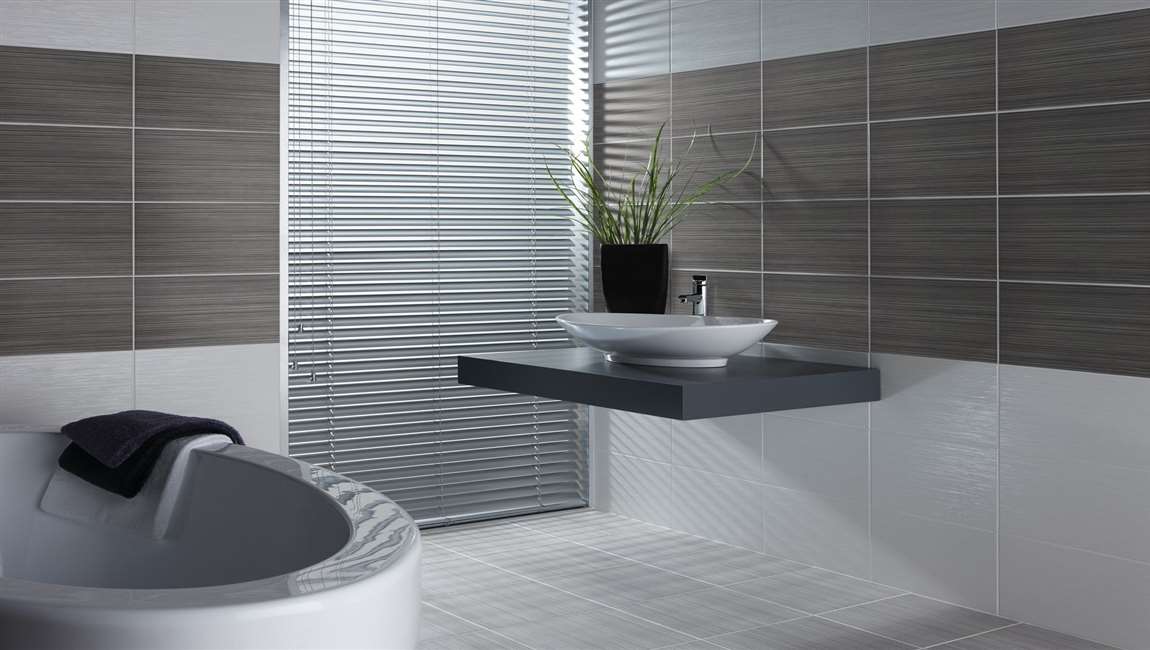How Painting Your Cement Floor?
Clean your cemented area to prepare it for painting. Remove any debris or dirt that has accumulated on your floor surface. Use a broom or a vacuum to remove any dry debris. Apply an acid or commercial wash with a broom and cover the whole surface. Rinse the concrete with water and mop up excess water.
Ventilate the room you are working in. If you’re painting inside it is important to make sure the room has air circulating in it. The fumes from the paint are strong and can stick around your home for a long time if not ventilated properly.
Paint the edges of your concrete with a paintbrush. Painting the edging first is important for precision. Apply a small amount of paint to your brush and work around the edges of the surface area. Use a roller for larger areas. The roller helps to speed up the process. Use the roller up to the point where your edging ends.
Make sure the paint containers are clean. Add another layer of paint with the roller. This will give it a smooth finish. Remove any bumps and air bubbles in the paint. Once the first coat of the paint has dried, use a scraper to remove any uneven surfaces in the paint. Sand the surface gently to remove any excess uneven paint.
Fill any holes in the concrete with a paintbrush. Check the surface for any holes in the concrete. Apply paint to your paintbrush and fill in the small holes. The smoother your surface is, the easier it is to paint the second coat. Apply the final coat of paint to your concrete. Use your paintbrush to complete around the edges first.










